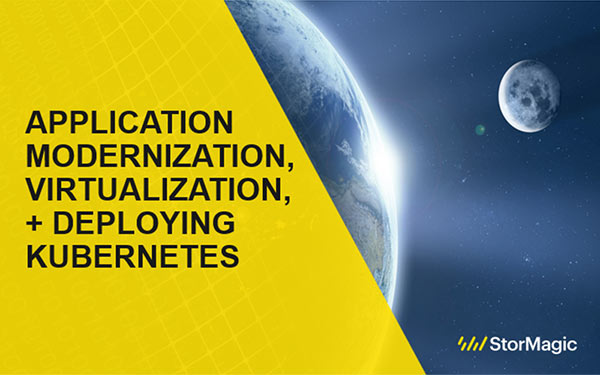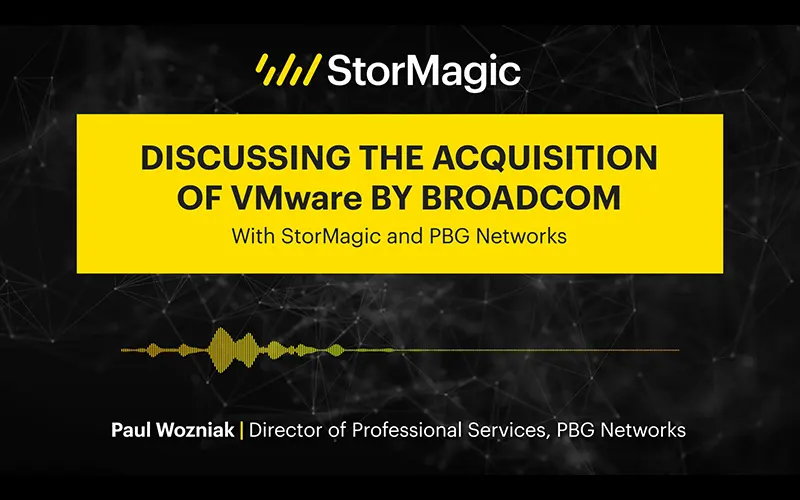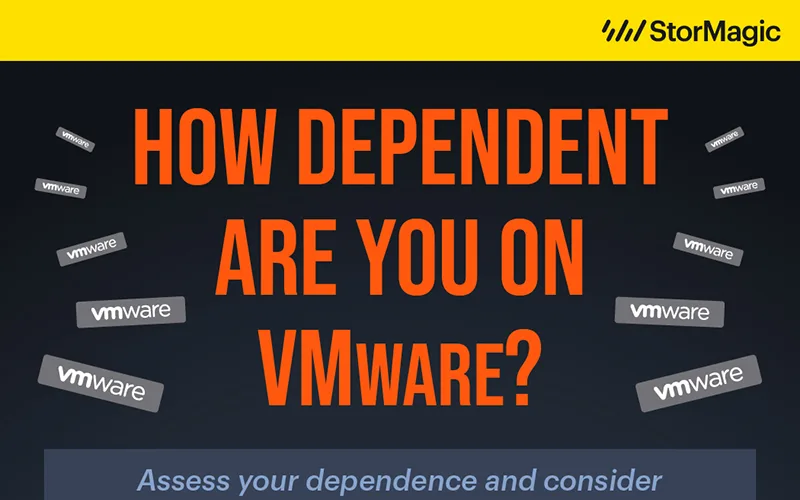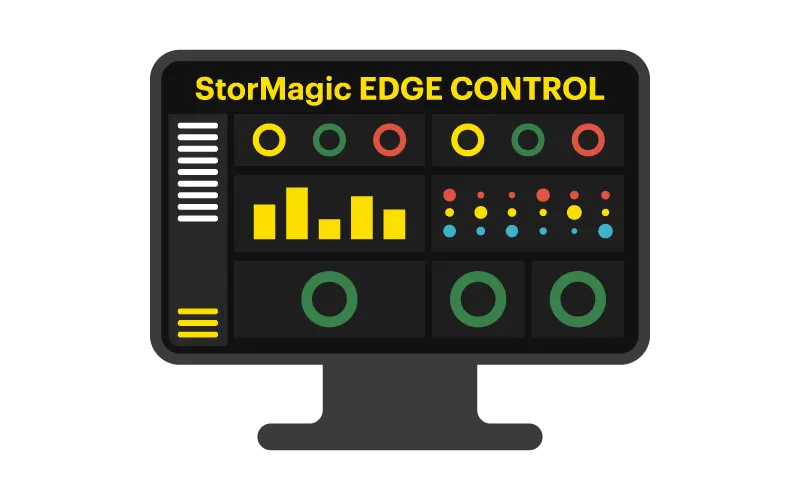Over the past two decades, virtualization has become a standard building block for millions of applications. It triumphed because of its powerful abstraction over physical hardware, allowing for better use, management, automation, and security. However, with the introduction of Kubernetes and containers, it is common to question previous assumptions and ask whether it is better to use bare metal Linux containers or a virtualized infrastructure.
On the surface, your current application running in a virtualized environment may be unnecessary where you have deployed Kubernetes and implemented containers. After all, the Linux “bare metal” approach, which is Linux without virtualization, seems to offer less complexity and overhead.
The allure of developing on Linux is that it starts from scratch. Additionally, the fundamental characteristics of virtualization are already present in Kubernetes and containerization. So why would I need virtualization if I am deploying Kubernetes?
This is primarily philosophical, but simplicity can lead to greater complexity. The bare metal Linux option requires overcoming problems that the virtualization layer has solved. The goal was never about building new infrastructure; the goal was about deploying and running critical applications. Organizations that choose bare metal Linux can fail from the start by not considering the complexity of the deployment, management, scaling, and operation of something furthest from the intended goal of running the application.
And here is the challenge that customers are encountering: there is increasing pressure to deliver new, faster, safer, more reliable customer-facing features and innovate faster than their competitors. Great, but Kubernetes is not a differentiator. It is a means to an end. A better infrastructure deployed on bare metal (if they can overcome the massive hurdle to deploying Kubernetes in the first place) still faces low utilization and administrative issues. The operational readiness issues and effort required for a stable Kubernetes infrastructure and the competitiveness of this new approach makes them less competitive.
Few organizations live in a high-tech wonderland where a new environment becomes nirvana. Most have different technologies and applications in the stack that do not lend themselves to new technologies and may require significant time and effort to replace. Virtualization is a reality-based toolset that helps you optimally manage these changes.
You might think StorMagic is against Kubernetes and containers. We embrace these new technologies for the flexibility of the development process. We are suggesting virtualization and containers have a place to coexist. The goal is application modernization and speed to market. As you build a better infrastructure to support containers, you don’t have to worry about heavy lifting while focusing on creating business value.
Virtualization simplifies the process of getting Kubernetes on track. The key is application modernization and speed to market. With an infrastructure model that satisfies current applications (via virtualization) with the drive towards modern development processes (containers), you can deploy everything you need to run enterprise-class Kubernetes in production. You don’t have to lift heavy objects that aren’t differentiated. You can focus on creating business value.
We like several early-stage container deployment solutions on the market that automate running Kubernetes. We are tackling the problem of simple deployment and orchestration ourselves in our upcoming management suite of products. The fact remains that customers need to support both traditional and modern apps side by side. And virtualization provides tight integration with Kubernetes to provide a better developer experience and, ultimately, a more satisfying customer experience.
For more information on our SvSAN Container Storage Interface driver, and how it supports both VMs and containers simultaneously, explore the product feature page and the accompanying resources.




